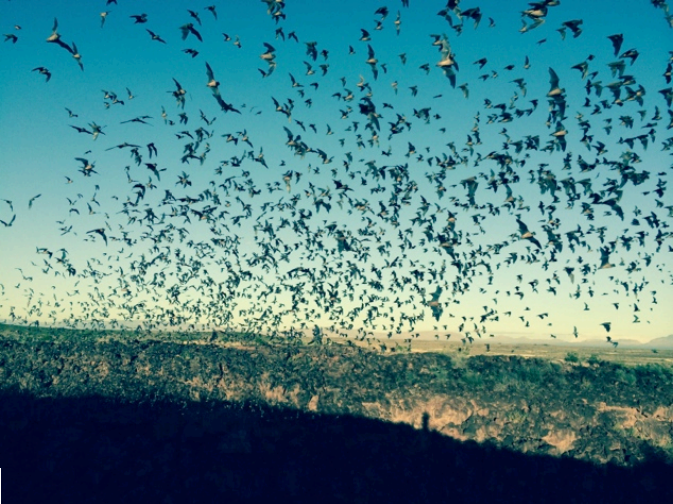Introduction
As the sun sets into dusk on a June evening over a cave in Arizona, a feat of nature commences. Around half of a million Brazilian free-tailed bats emerge from the cave in a dense, undulating stream at speeds of 25 mph. Each produces ultrasonic, frequency modulated downsweeps of 60 to 20 kHz at intense levels of 100 to 120 dB around 10 milliseconds in duration. Though their only goal is to forage for food, they demonstrate remarkable swarming behavior and echolocation in navigating towards food sources. They impressively achieve this level of echolocation while traveling in tightly packed clusters without colliding or jamming each other’s biosonar chirps. Understanding how bats modify their echolocation strategies to avoid interference has far-reaching implications for signal processing and Naval technology, such as missile swarms. For this reason, Dr. Robert Stevenson of the Notre Dame Electrical Engineering Department and Dr. Laura Kloepper, an expert on bat bioacoustics, received a grant from the Office of Naval Research to explore the Brazilian free-tailed bats’ swarming and biosonar behavior. Our device will be used in this research to record the sonar signals and to store the data for future processing.
